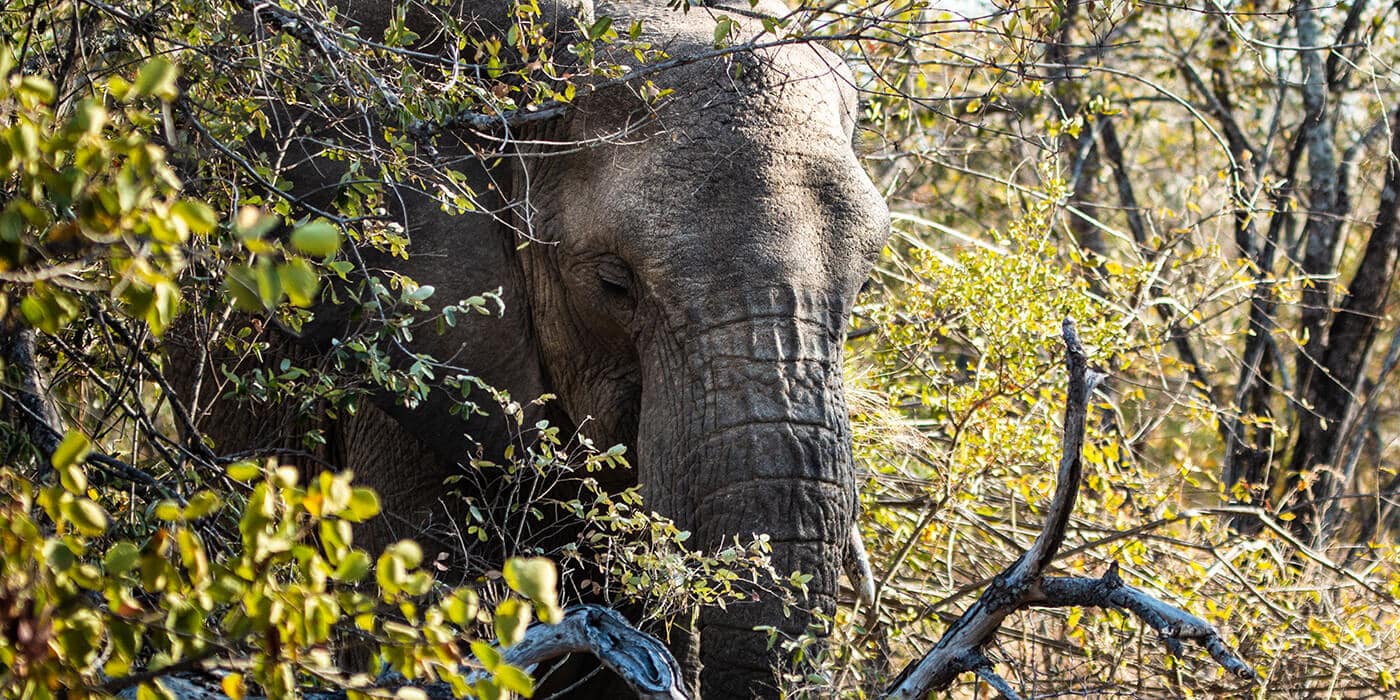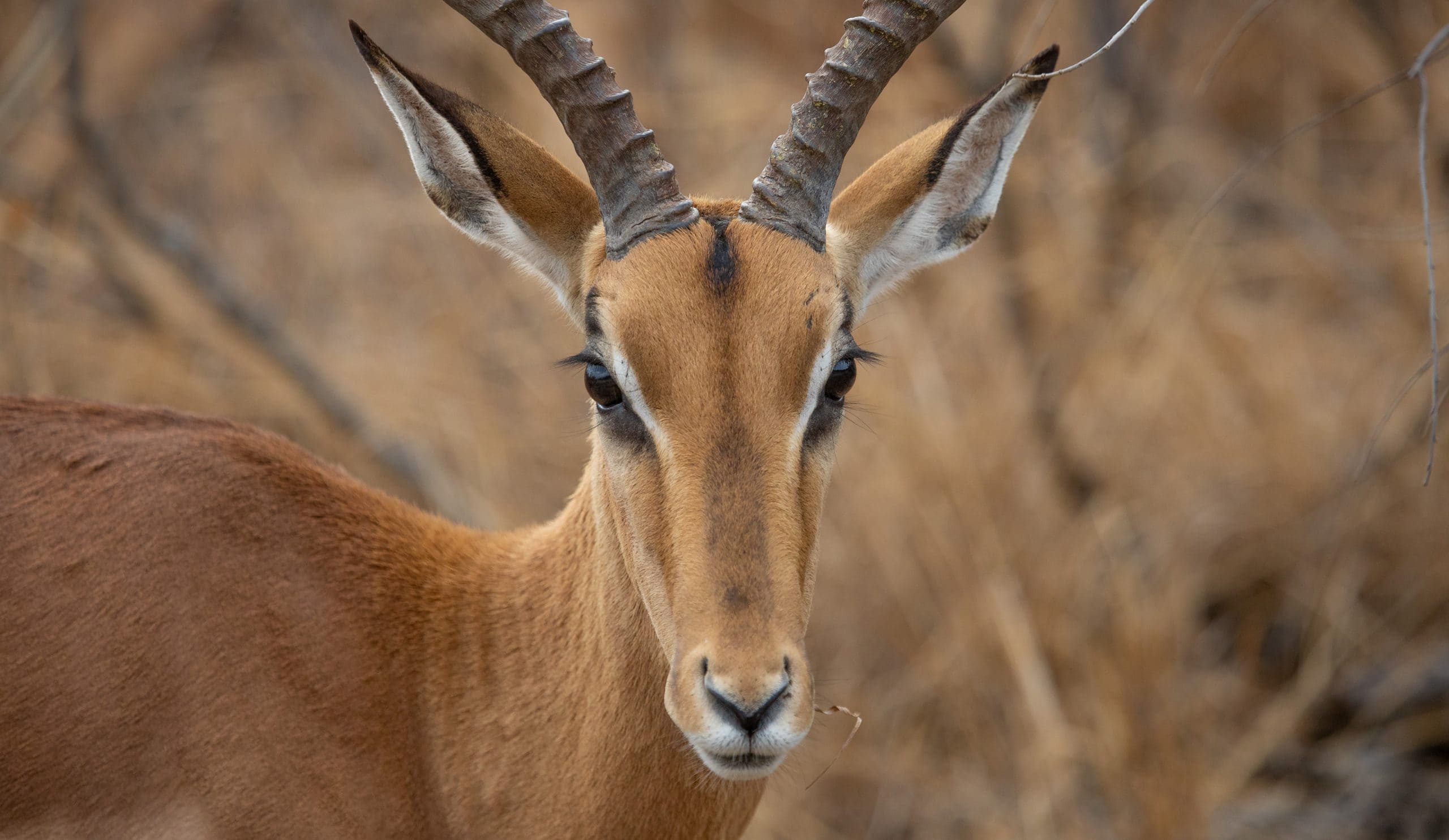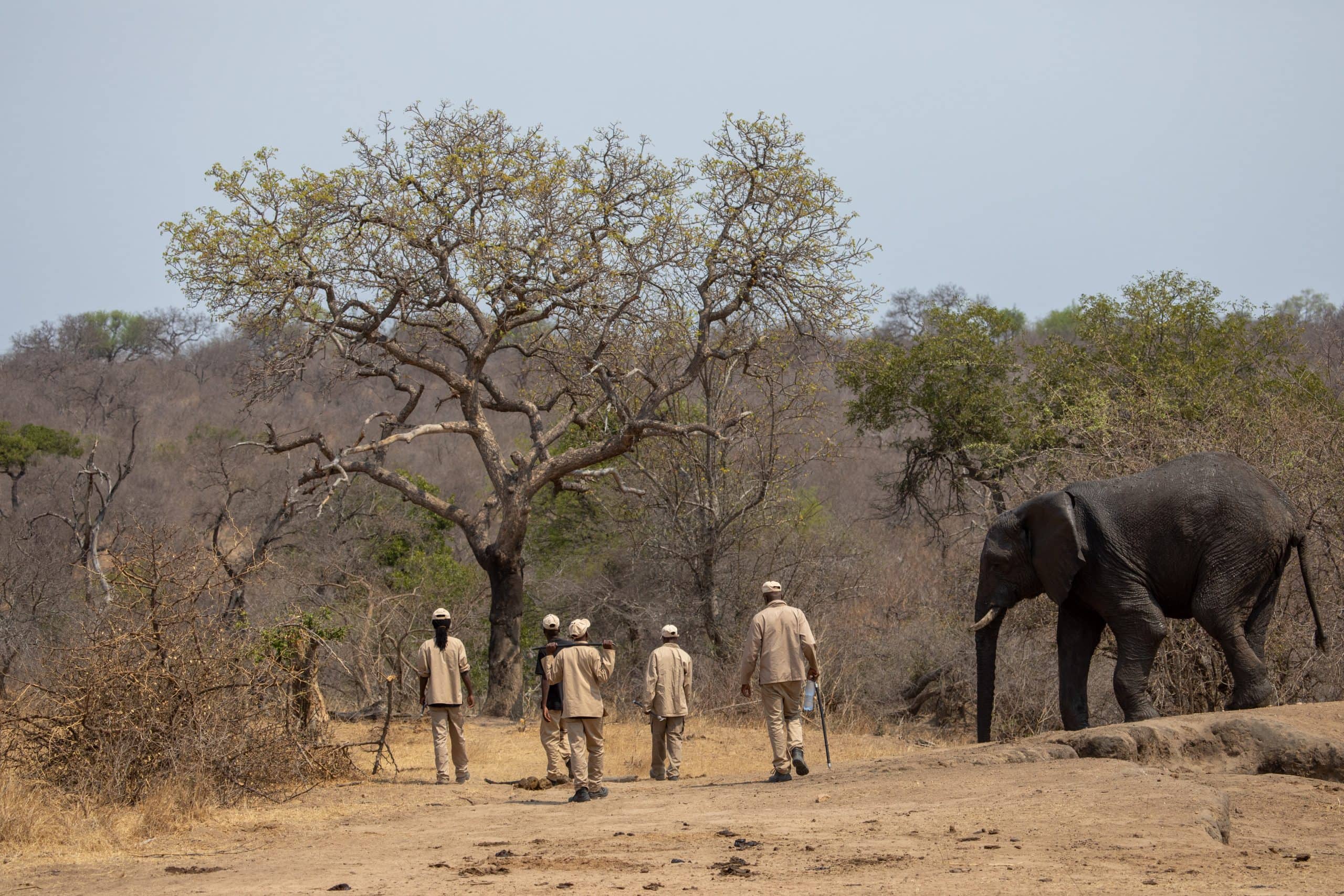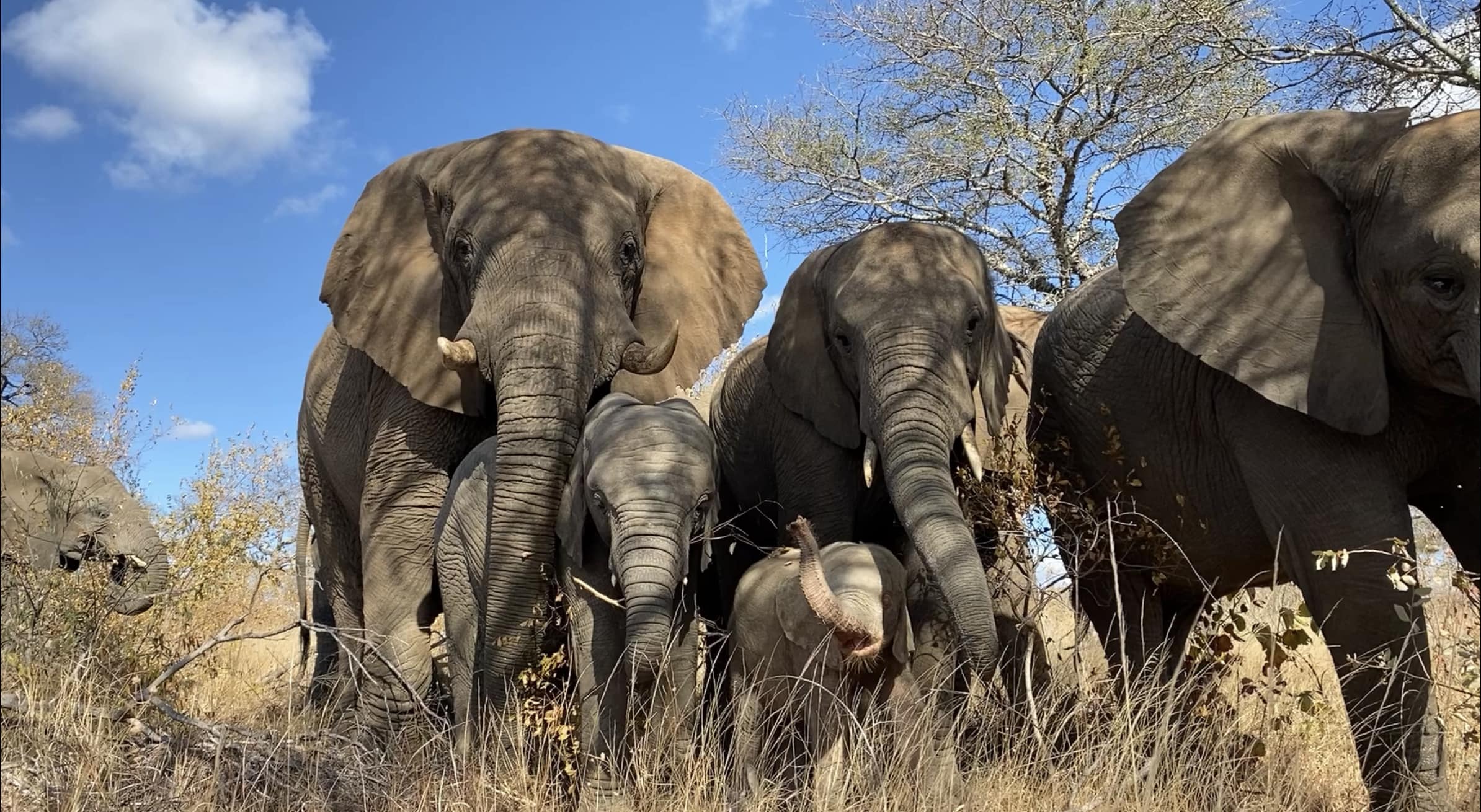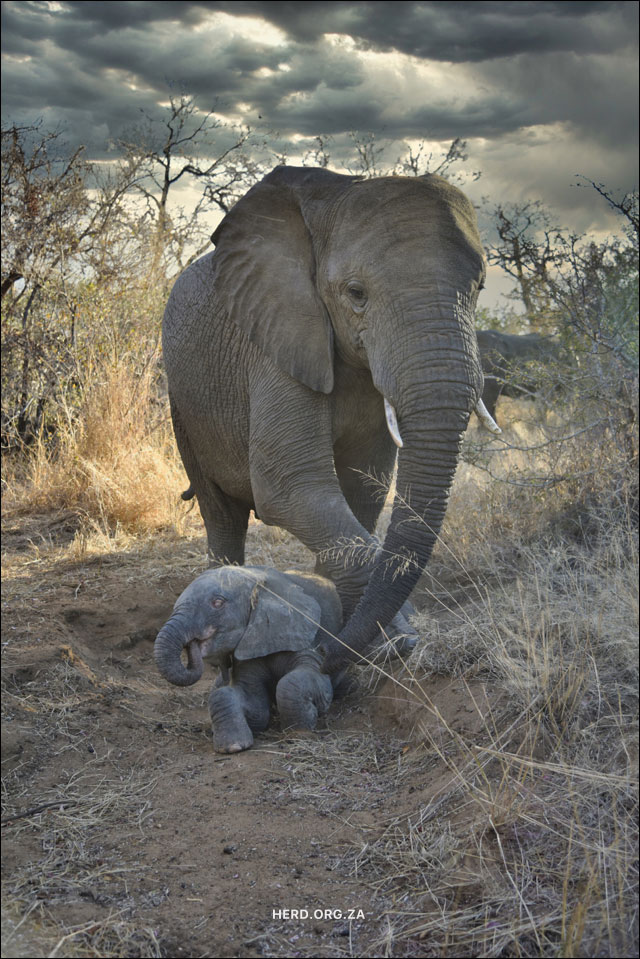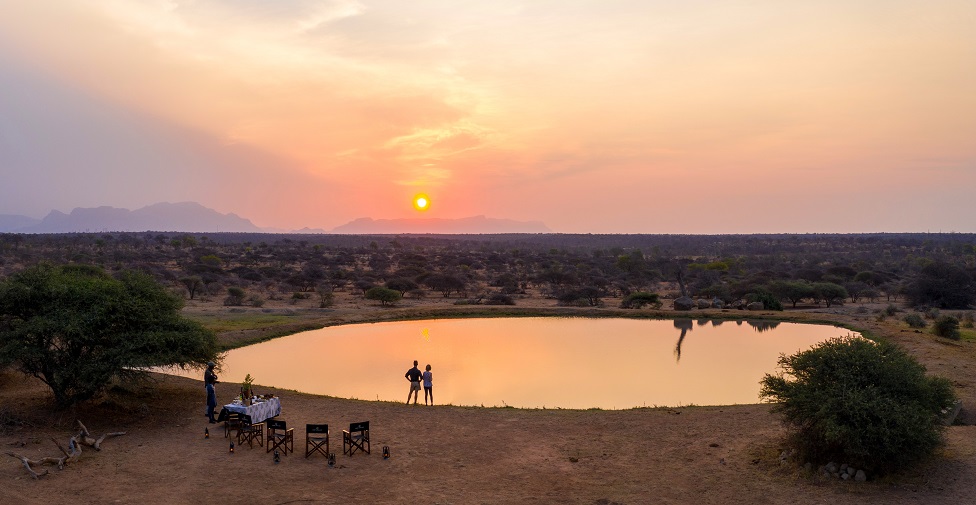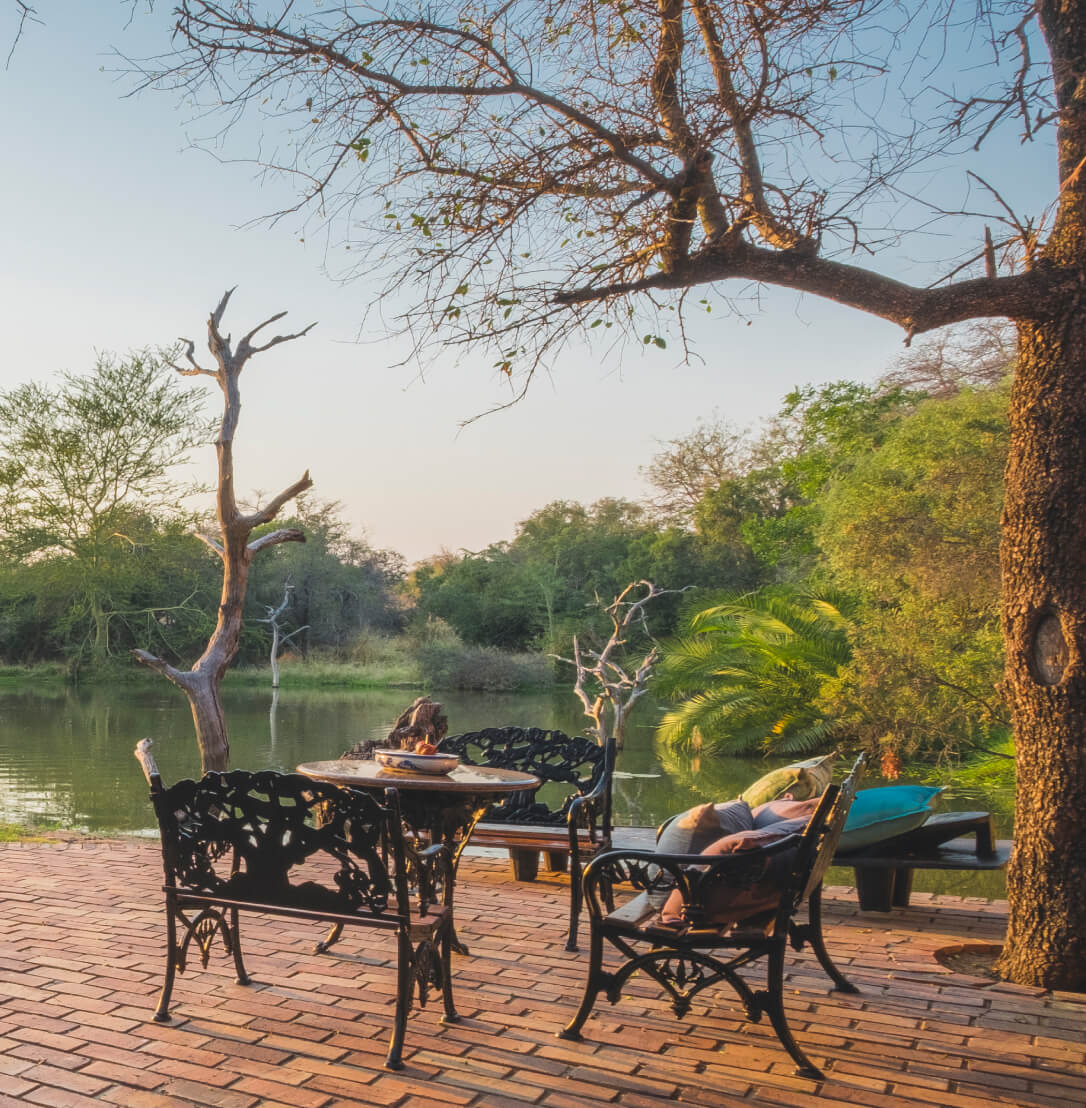

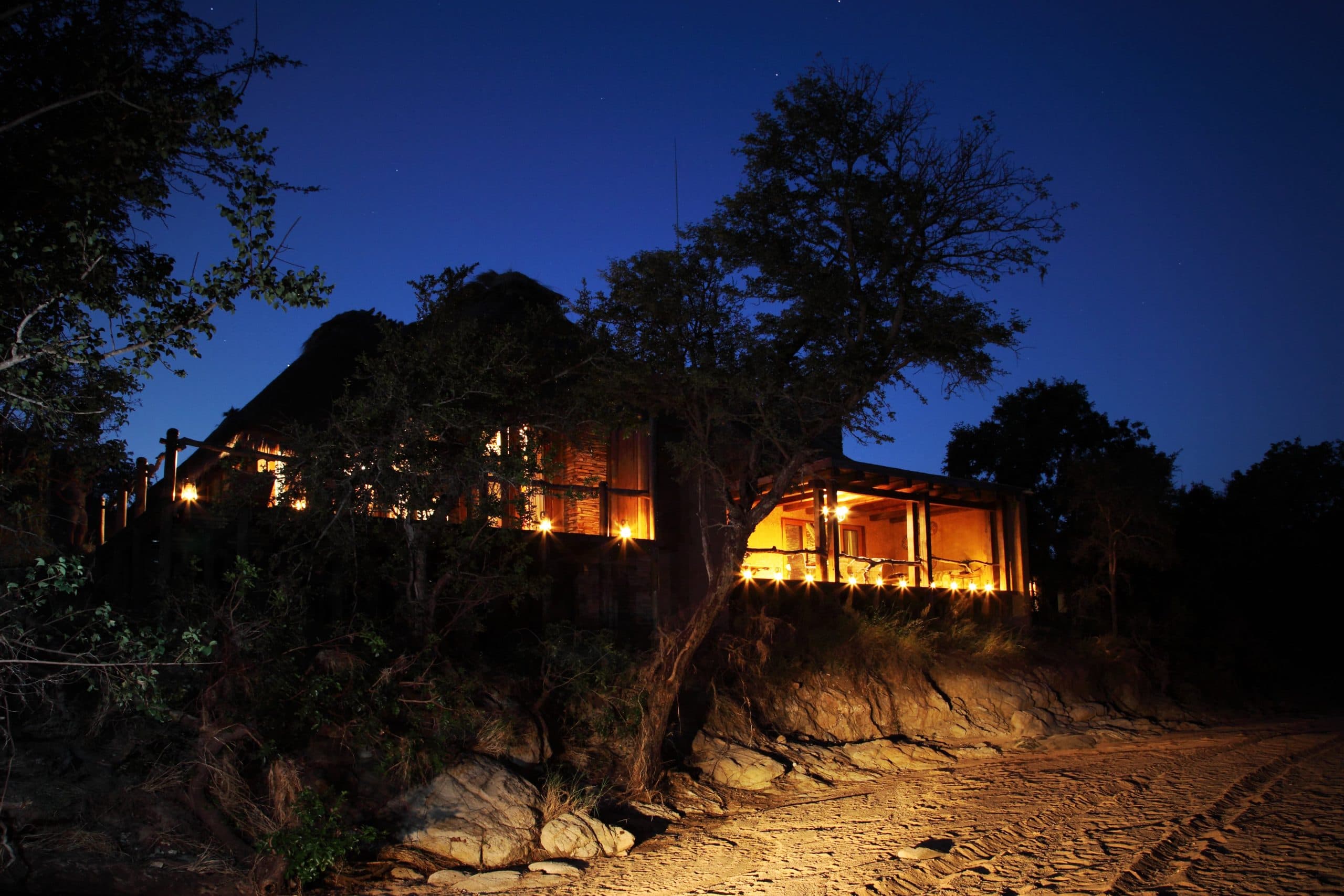
The Eco-design of Jabulani
“Responsible tourism is the journey. Sustainable tourism is the destination” – Nombulela Mkefa
- Our lodge was designed and built around the trees of the reserve, ensuring that we did not cut down any trees unnecessarily.
- Jabulani was built using a specific wood called Leadwood. Dead Leadwood logs were gathered over some time from around the vicinity and incorporated into the lodge design to fully utilise this valuable natural resource without the need to cut down living vegetation in the process.
- The staff accommodation at Jabulani were largely constructed from recycled materials obtained from an abundant mine in the surrounding Hoedspruit area. Having staff lodging onsite also reduces the need for daily staff transportation, reducing the impact on the reserve over the years.
- The thatched roof over the main living areas jut outwards by one metre to prevent the effects of sun-damage to interiors while still providing the sun’s natural light. Significant energy usually wasted by air conditioners and artificial lights is therefore saved. During winter months when the sun is lower and sets earlier, natural heating in reverse is then maximised.
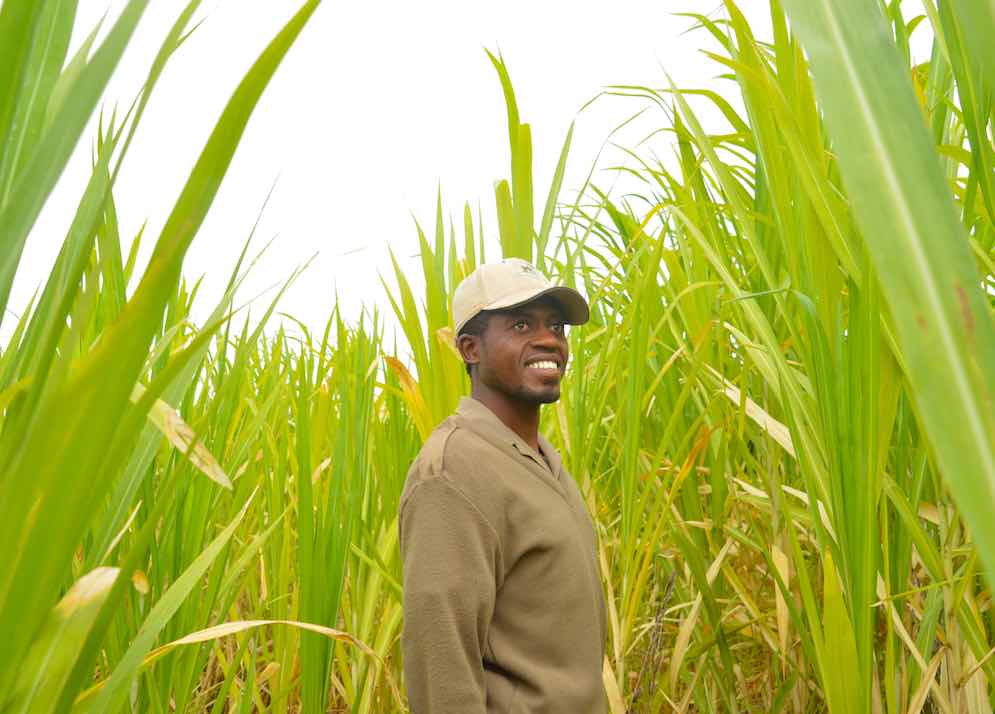
Bana Grass Project
- The development of the bana grass plantation started in November 2016. Our homegrown bana grass plantation sits alongside the HERD elephant orphanage and is a sustainable and convenient extra source of food for the Jabulani herd and orphans at HERD during the dry season and to supplement their foraging in the bush.
- Commonly referred to as “elephant grass”, bana grass provides a good source of nutrition, including protein and fibre. The farm-to-fork concept of sustainability is just as essential when caring for elephants as it is humans and the planet as a whole.
- In between feeding elephants, the quick and easy-to-grow grass is tended to by our dedicated team and harvested row by row, systemically, to ensure that each row can regenerate.

Elephant Dung
Eco-Projects
- Dung and branches left in the stables each morning are collected and placed in erosion trenches which assist in preventing potential damage from heavy rains, and help to rehabilitate the area.
- Fresh adult elephant dung is taken to HERD, when needed, as this provides the orphaned elephants with much-needed nutrients for their young stomachs, helping them with their digestion.
- We use the dung from the rescued herd for making soap and paper as part of a community empowerment initiative and an activity for family travellers staying at Jabulani.
- We also use the dung as a fertiliser, sell or donate it to local eco-village gardens that feed children in need, to make pot plants, and… we use some of the dung to create our JabuGin
- Dung beetles are kept busy through the digestive activities of the rescued elephants which produce more than 2,2 tons of dung per day. Re-administering dung to the soil, dung beetles are pro-actively prompted and play a crucial role in improving soil ventilation, increasing nutrient recycling and assisting in the control of parasites that usually breed in this environment. Dung beetles are excellent indicators of the health of a biosphere, due to their narrow habitat tolerance and their complex assemblage structure. The use of dung beetles as indicators of habitat quality in South Africa is a world first!
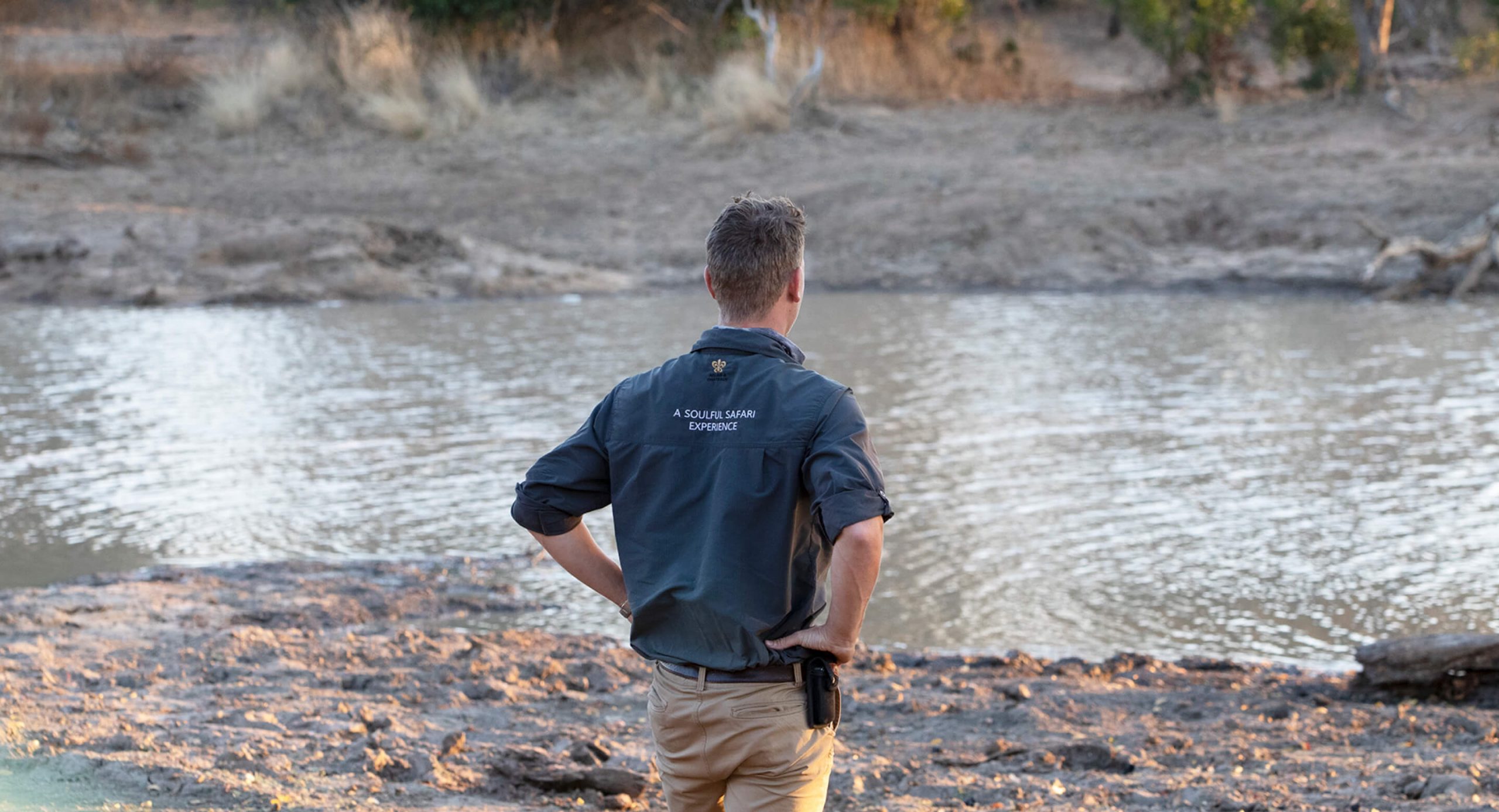
Water Conservation
- A water treatment facility has been installed to ensure that water from the Klaserie River is treated sufficiently for human consumption.
- Specialised sewerage dams are in place beneath all the lodge areas and staff quarters. These dams reduce the risk of underground water from being polluted by human debris.
- A Groundwater and Surface Water Monitoring Plan was established with the objective of identifying pollution and irregularities in good time to develop and implement means to rectify poor situations. This programme includes: routine monitoring of groundwater levels, rainfall figures, and water quality; The evaluation of hydro-geological monitoring data by a qualified hydro-geologist on a bi-annually basis.
- The water quality of the sewage effluent should comply with the required DWAF standards at all times, and it is non-negotiable.
- Rainwater is collected and used for various activities around the lodge, including watering the herb gardens.
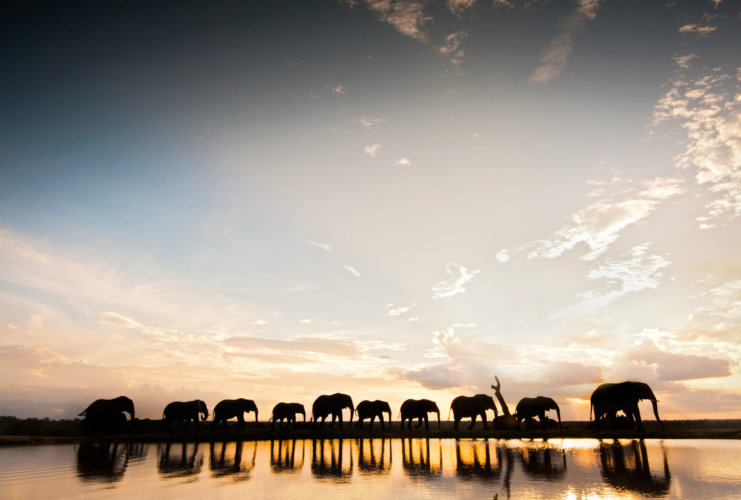
Recycling (Waste Management)
- A reliable recycling project is in place for all waste materials.
- Many of our promotional materials are created using recycled paper made of elephant dung.
- Intensive Bush Clearing Programmes are in place at Jabulani. All ‘Combretum’ branches are used in the stables as fodder for the elephants.

Wildlife Conservation
The Schuurmann/Roode family has a long history on the Kapama reserve, reaching back many decades. It is thanks to them that the land was transformed from a cattle farm into a private reserve to support the many different animal species which now roam freely in a respected and protected environment.
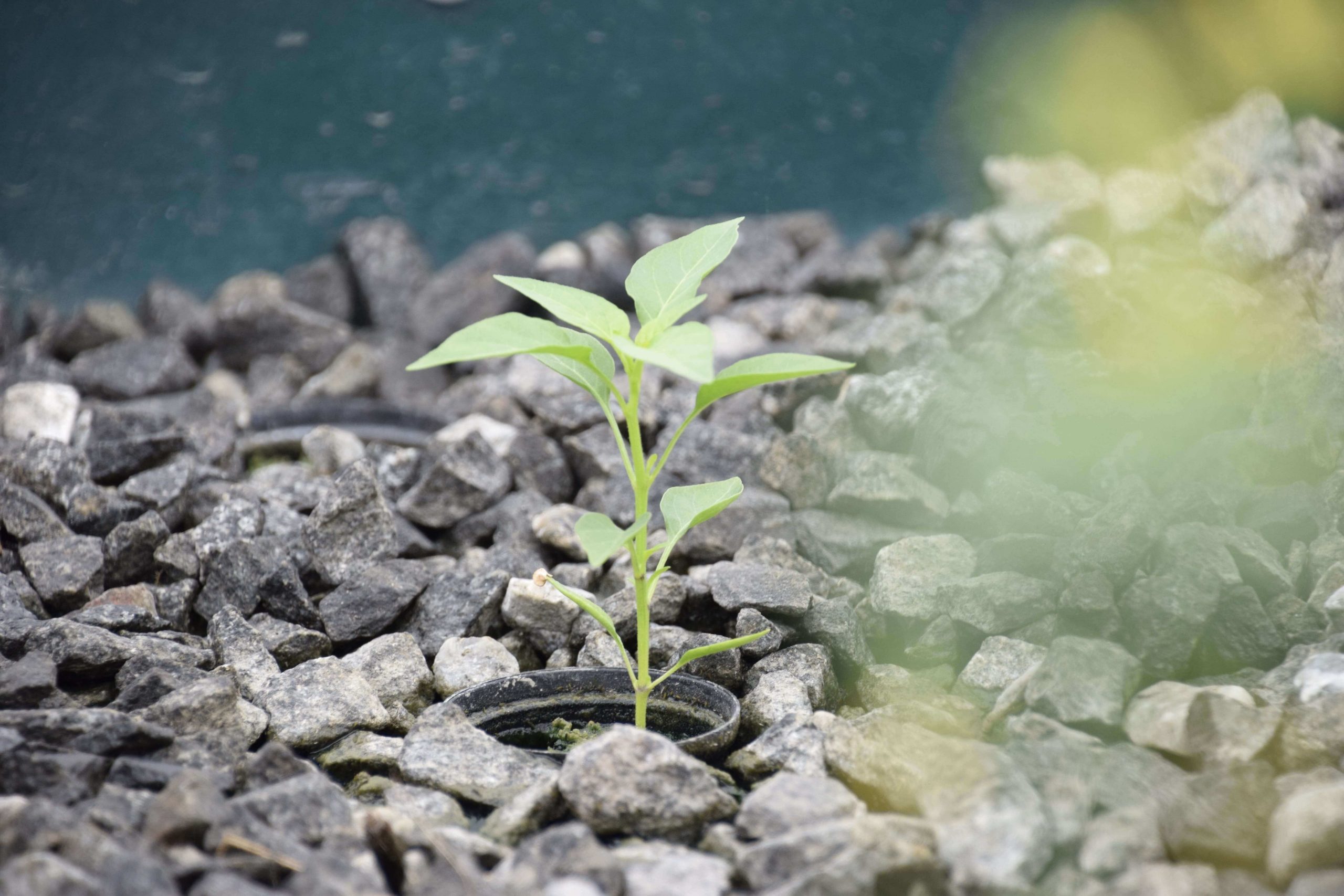
Aquaponics
Our innovative aquaponics system allows us to grow fresh produce most commonly used in our Jabulani kitchen; giving us more control on the quality and source of the ingredients available to our Jabulani chefs. We are busy growing several vegetables, like spinach, cherry tomatoes, basil and chilli plants. When the harvest is good we are able to use spinach from the Aquaponics in staff lunches. We are also experimenting with papaya trees! Read more here
Other conservation initiatives

Aquaponics
We believe that looking after our planet has many sides to it, including managing our human consumption and production. That’s why we believe in using fresh seasonal ingredients in our kitchen as much as possible to limit our dependence on external fresh produce suppliers. We do this by growing our own produce onsite with our innovative aquaponics system that combines aquaculture and hydroponics.

Rhino Conservation
Book ahead for a Rhino Conservation Safari during your stay, with a chance to gain unique insight into the white rhino and its behavioural patterns during a three night, four day programme that may also include a dehorning or a microchipping. This is an opportunity to help preserve this endangered species.






